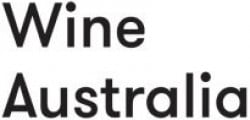Wine Australia

This aim of this project is to deliver an early warning network of smoke sensors that assesses vineyard exposure to smoke in North-East Victoria, one of the most bushfire-prone wine regions in Australia. The network of 100 sensor stations will record, analyse and report the exposure of wine grapes to individual smoke events and accumulated seasonal smoke exposure.
An electronic dashboard will provide information back to producers and inform critical downstream business decisions including grape testing, vineyard management, and winemaking strategies to manage smoke effects. The network is designed to be scaled to support other regions across the state and has the potential to be deployed nationally and exported. The 2020 bushfires were estimated to have cost grape and wine growers $140 million in losses.

-crop-850x675.png)
Have questions?
Find answers to our most frequently asked questions on research projects, commercial opportunities, organisations and more.
Still have questions or have feedback on the site? Please get in touch by completing our enquiry form.